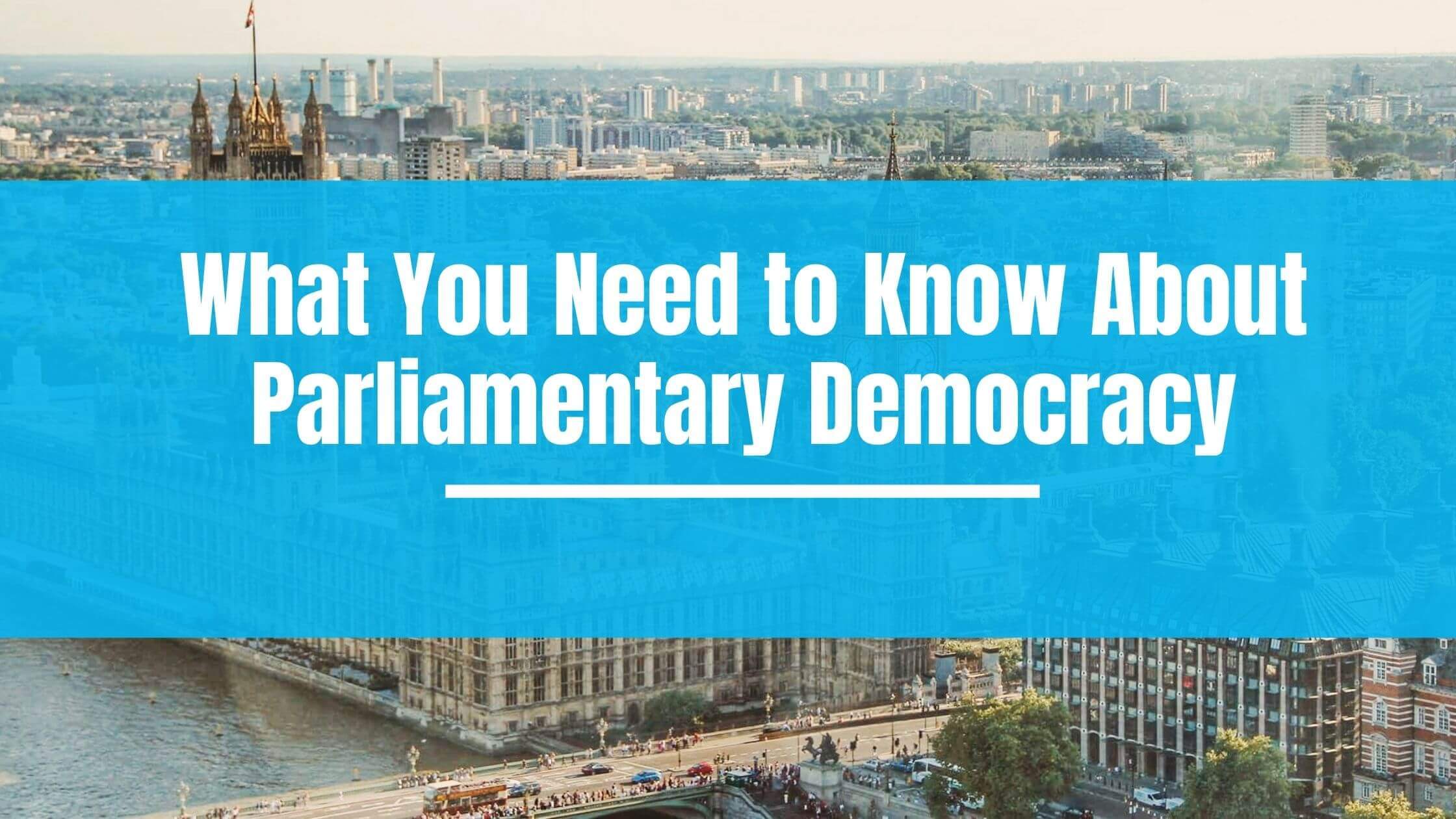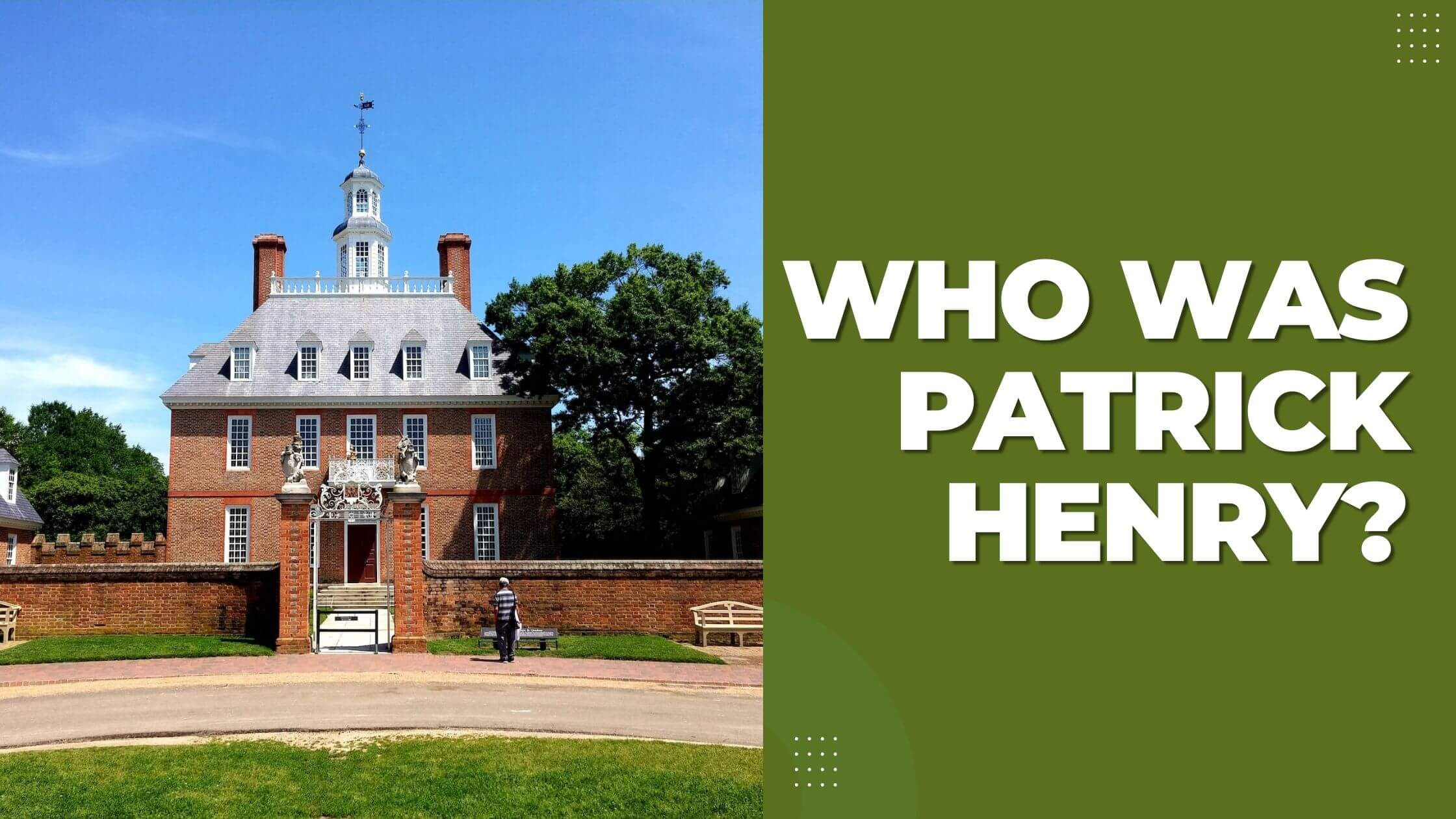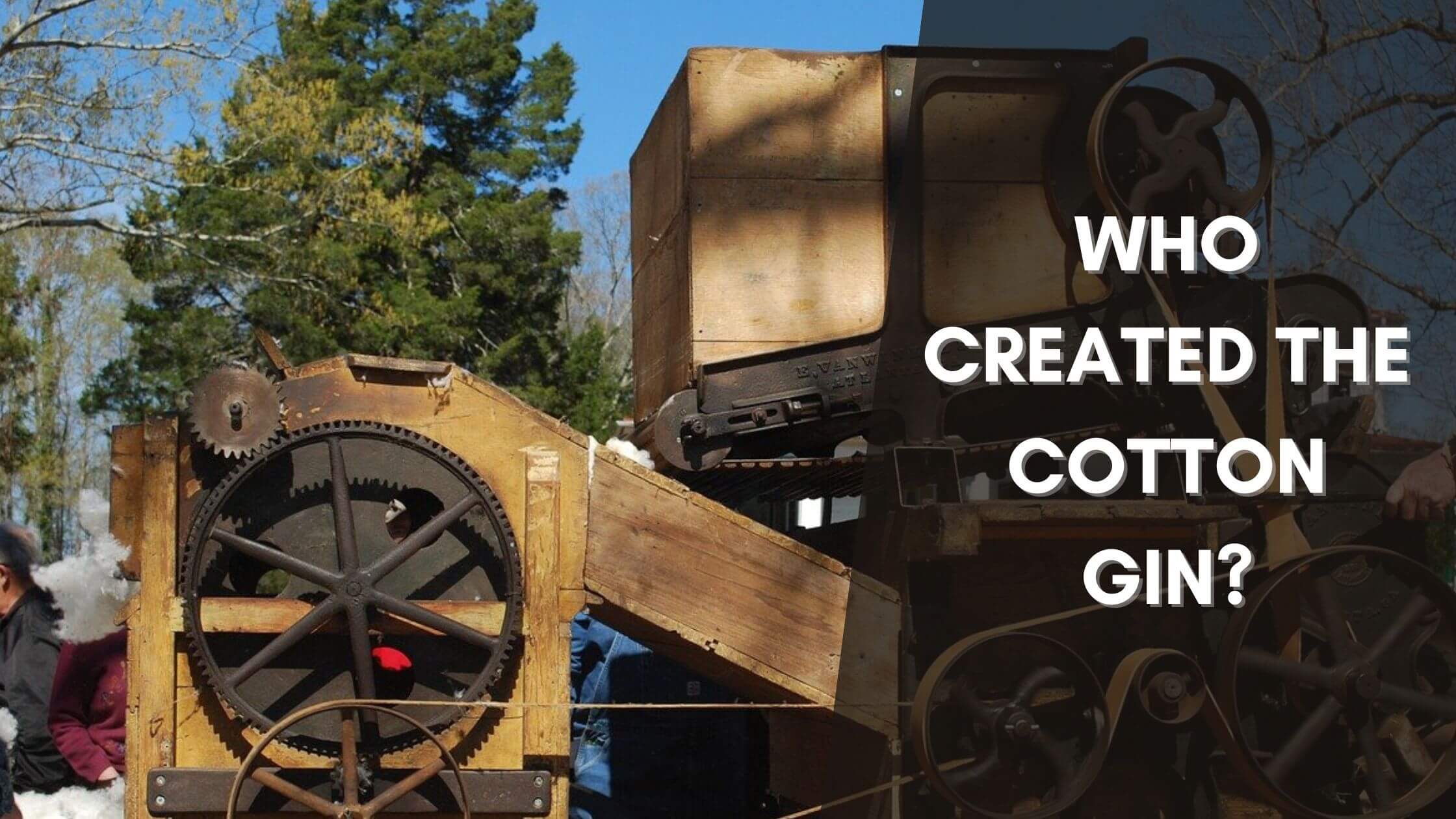Table of Contents
ToggleSources
- https://www.history.com/topics/cold-war/red-scare
This source from History.com provides a comprehensive overview of both the First and Second Red Scares, detailing key events, figures, and government actions. It is authoritative and reliable, making it a strong reference for the blog post. - https://www.archives.gov/education/lessons/palmer-raids
The National Archives provides detailed information about the Palmer Raids during the First Red Scare, including the Espionage and Sedition Acts. This is a primary source and highly authoritative. - https://www.senate.gov/artandhistory/history/common/investigations/McCarthy.htm
The U.S. Senate's official website offers an in-depth look at Senator Joseph McCarthy and his role in the Second Red Scare, including the McCarthy hearings. This is a highly authoritative source. - https://www.fbi.gov/history/famous-cases/rosenberg-case
The FBI's official website provides details on the Rosenberg case, which was a significant event during the Second Red Scare. This is a reliable and authoritative source for information on FBI activities during that period. - https://www.pbs.org/wgbh/americanexperience/features/blacklist-mccarthyism/
PBS provides a detailed account of McCarthyism and its impact on Hollywood, including the blacklists. This is a reputable source with well-researched information.
Key Points
- A Red Scare is a period of heightened anti-communist alarm marked by paranoia and mass hysteria.
- The First Red Scare (1917-1920) was triggered by WWI, the Bolshevik Revolution, anarchist bombings, and labor unrest.
- Key events of the First Red Scare include the Seattle labor strike, Boston Police Strike, and anarchist bombings.
- The Espionage Act (1917) and Sedition Act (1918) were used to suppress dissent and target left-wing radicals.
- The Second Red Scare emerged post-WWII during the Cold War, fueled by fear of Soviet communism.
- Senator Joseph McCarthy led the Second Red Scare, claiming communist infiltration in the U.S. government.
- The House Un-American Activities Committee (HUAC) targeted suspected communists in government and Hollywood.
- FBI Director J. Edgar Hoover played a key role in both Red Scares, using surveillance to target leftists.
- McCarthy's downfall came after televised hearings in 1954, where he was publicly discredited.
- The Red Scares led to widespread repression, blacklists, and violations of civil liberties in the name of national security.
Summary
The blog post discusses the two major Red Scares in 20th-century America—periods of intense anti-communist hysteria marked by government crackdowns, xenophobia, and suppression of dissent. The First Red Scare (1917–1920) was fueled by anarchist bombings, labor strikes, and laws like the Espionage and Sedition Acts, while the Second Red Scare (late 1940s–1950s) saw McCarthyism, blacklists, and FBI surveillance targeting alleged communists. Both eras reflected deep societal fears, government overreach, and lasting impacts on civil liberties.
Two Red Scares in American history occurred within 40 years of each other during the 20th century.
What is a Red Scare?
A Red Scare is a period of heightened anti-communist alarm during which paranoia and mass hysteria are prevalent.
In response to the supposed rise of communism, strict measures are put in place by the government that limits debate and promotes patriotism and xenophobia.
First Red Scare
The First Red Scare occurred between 1917 and 1920. The events of World War I and the Bolshevik Revolution in Russia at the time initiated it.
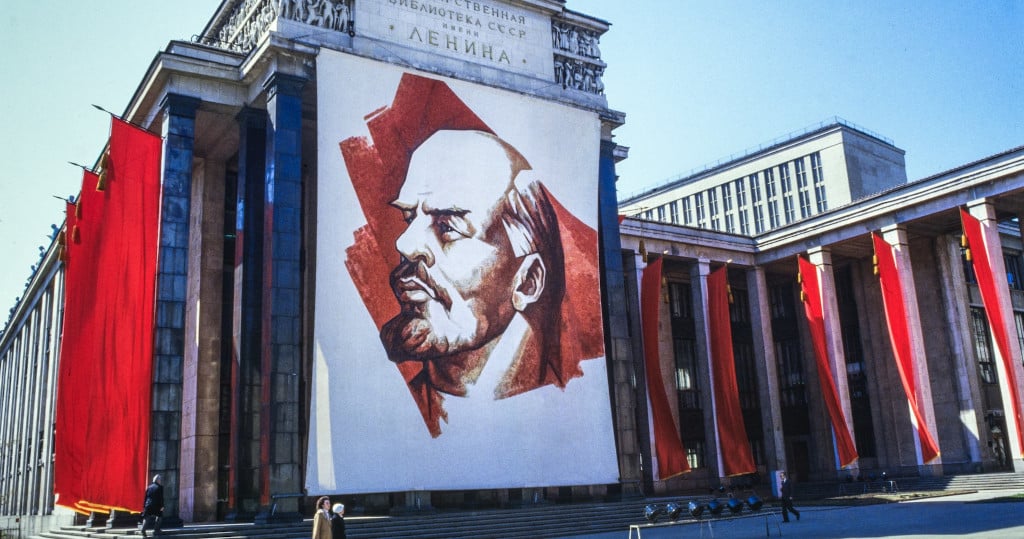
In addition, a series of anarchist attacks that included bombings hit various cities in the United States, accompanied by labor unrest and strikes.
Labor Unrest
Seattle
Inspired by the Russian Revolution and enraged by low wages, dissatisfied workers across several unions in Seattle went on a labor strike for five days in February 1919.
A whopping 65,000 workers walked out, shutting down the city’s port and other industries.
Boston
The Boston Police Strike occurred in September of 1919 when 80% of the Boston police force went on strike in response to opposition to their attempt to organize a union.
With the police on strike, robberies, and other crimes, including riots, skyrocketed. Eventually, units of the Massachusetts militia were called in to quell the unrest. This resulted in two citizens’ deaths.
Anarchist Bombings
On June 2nd, bombs rocked seven cities across the United States. The bombs were planted by anarchists, many of whom were disciples of Luigi Galleani, an Italian anarchist leader who advocated for violence as a means to change.
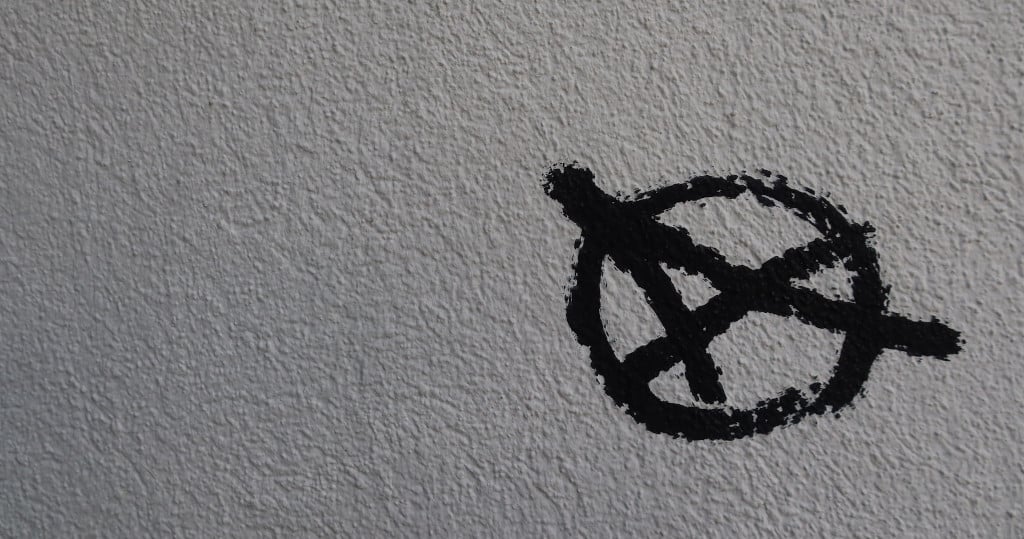
The anarchist bombings of 1919 lasted from April to June and caused two deaths, two injuries, and an untold number of buildings destroyed.
In 1920 a bomb exploded on Wall Street where anarchists had placed 100 pounds of dynamite in a horse carriage and detonated it killing 40.
Alien Act
Shortly after the United States entered World War I against Germany in June of 1917, the United States Government enacted and passed the Espionage Act.
The Espionage Act was enforced by then-United States Attorney General A. Mitchell Palmer under President Woodrow Wilson.
The law made it a crime for anyone in the United States to interfere or interject themselves against the war effort or to help or promote the interests of the country’s enemies.
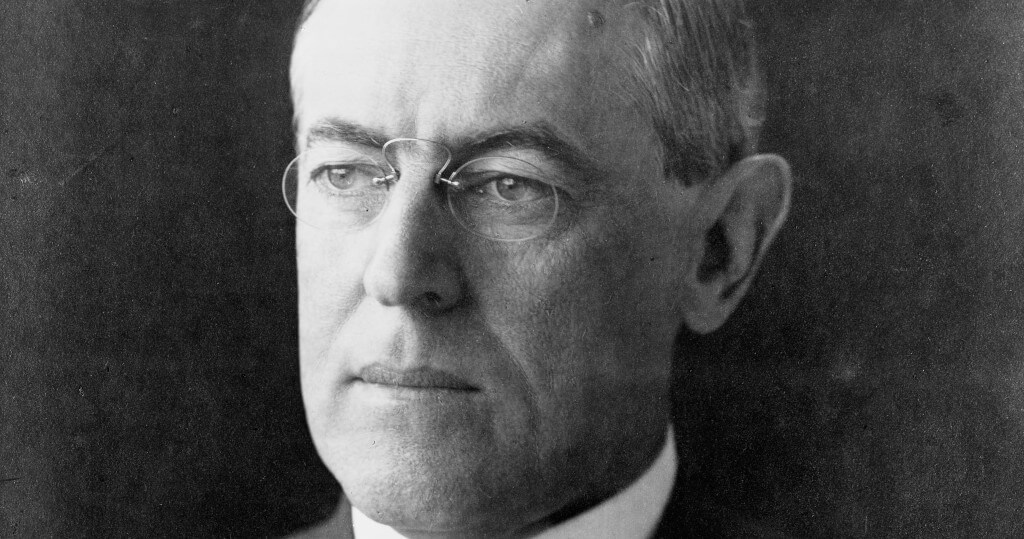
Those guilty of breaking the law were subject to up to 20 years in prison and a $10,000 fine.
Sedition Act
The Sedition Act of 1918 reinforced the Espionage Act. It made “abuse” of the United States government or practically anything representative of the United States, including symbols like the flag, the military, or the constitution, illegal.
Both the Sedition and Espionage Acts were used by influential figures like J. Edgar Hoover and Attorney General Palmer to persecute supposed left-wing radicals, Communists, and others that had made enemies of the government or influential individuals connected to the government in a brutally repressive way.
Second Red Scare
The fear of the communist threat rose again out of the ashes in America’s immediate end of World War II as the Cold War, and the Soviet Union ratcheted up.

The primary enemy of the United States became the Soviet Union. The dreaded ugly beast of communism reared its head from within the United States, at least according to some powerful politicians.
One of those politicians was Joseph McCarthy, a staunch right-wing Republican senator who became the face of the Second Red Scare. He was a man who promulgated mass hysteria and was the man behind McCarthyism.
Rise of McCarthy
Senator Joseph R. McCarthy was a relatively unknown young Senator from Wisconsin. In February of 1950, McCarthy boldly claimed that he was privy to a list of 205 card-carrying members of the Communist party that the State Department employed.
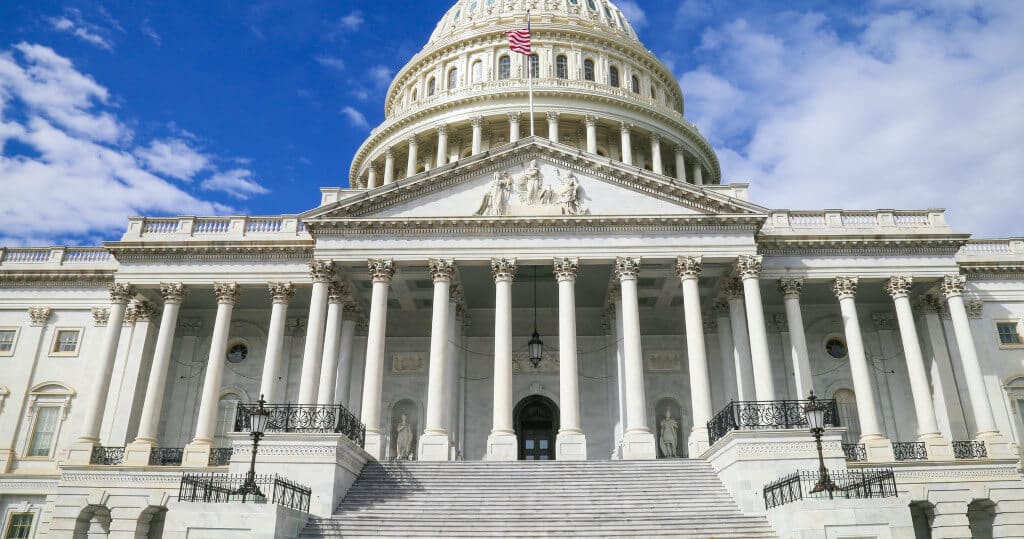
That was the opening salvo in his relentless crusade against communism in the early 1950s, essentially ushering in the Second Red Scare.
McCarthy’s position as chairman of the Senate Permanent Investigation Subcommittee gave him tremendous power and the ability to bring his campaign against communism to the forefront.
House Un-American Activities Committee
Founded in 1938, the House Un-American Activities Committee (HUAC) frequently worked on finding and exposing real or supposed communist agents and other subversive elements active in the United States.
HUAC targeted the federal government and Hollywood film studios.
The pressure from HUAC and the associated negative publicity directed toward the movie studios led to large-scale blacklists that excluded suspected radicals from employment. This led to unemployment for many talented individuals.
Hoover And The FBI
Hoover, known to be a fervent anti-communist, took part in both Red Scares.
As director of the Federal Bureau of Investigation (FBI) during the Second Red Scare, Hoover had much more power to unleash his ill feelings into action against left-wingers and suspected communists.

Under Hoover’s direction, the FBI performed wiretaps and surveillance and went undercover to infiltrate leftist groups suspected of being communist agents.
The FBI’s Results
Hoover and the FBI’s surveillance tactics led to the 1949 conviction of 12 members of the African Communist Party and the arrest and subsequent execution of Julius and Ethel Rosenberg.
They were found guilty of espionage and passing information to the Soviet Union as spies.
McCarthy’s Peak
From 1952 to 1954, McCarthy was constantly in the spotlight and on the front page of papers across the country for investigating and interrogating various government departments and their members.

Get Smarter on US News, History, and the Constitution
Join the thousands of fellow patriots who rely on our 5-minute newsletter to stay informed on the key events and trends that shaped our nation's past and continue to shape its present.
McCarthy called to the stand countless witnesses in the 1950s though he failed to deliver a plausible case against any of his targets.
His firm conviction and clever presentations led to many suspects losing their jobs and receiving widespread condemnation and shame for disloyalty.
McCarthy Hearings
The peak of McCarthy’s powers culminated in the “McCarthy Hearings” of 1954. This was 36 days of televised hearings that enthralled the American public and featured McCarthy prominently.
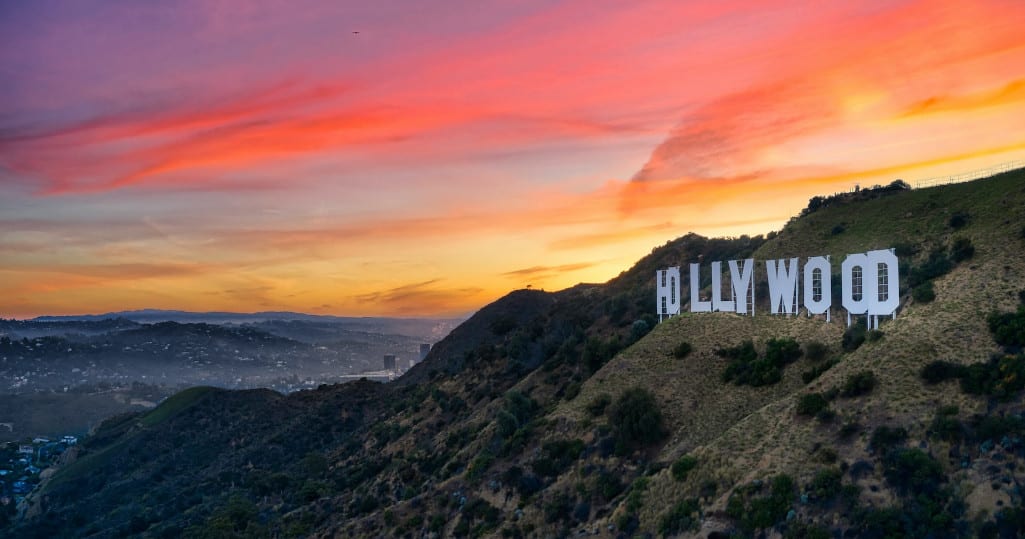
McCarthy’s Demise
McCarthy was eventually discredited by suspected army doctor Joseph Welch who famously uttered,
“Have you no sense of decency, sir, at long last? Have you left no sense of decency?”
to McCarthy during his trial.
The work of highly regarded journalist Edward R. Murrow, who systematically and skillfully criticized McCarthy, blew further holes into the Senator and his unfounded paranoia and attempted witch-hunt.
McCarthy would eventually be censured by the Senate for his libel and die shortly after in 1957.
What Was the Red Scare? Quiz
Frequently Asked Questions
What is a Red Scare?
When did the First Red Scare occur and what were its main causes?
What were some key events during the First Red Scare?
Who was Joseph McCarthy and what role did he play in the Second Red Scare?
What was the House Un-American Activities Committee (HUAC) and what did it do?
How useful was this post?
Click on a star to rate it!
Average rating / 5. Vote count:
No votes so far! Be the first to rate this post.
We are sorry that this post was not useful for you!
Let us improve this post!
Tell us how we can improve this post?



